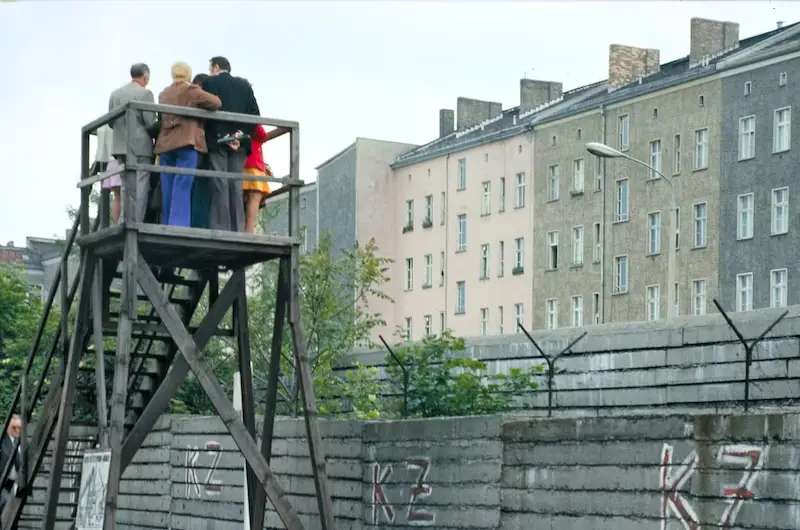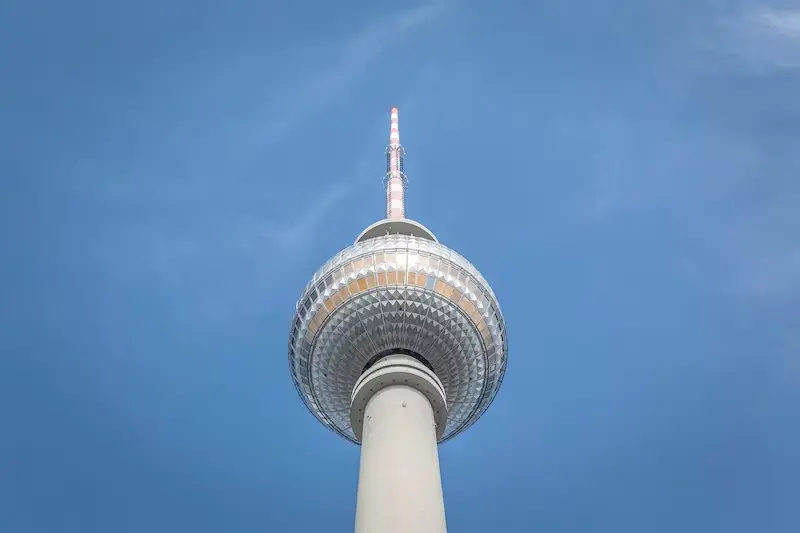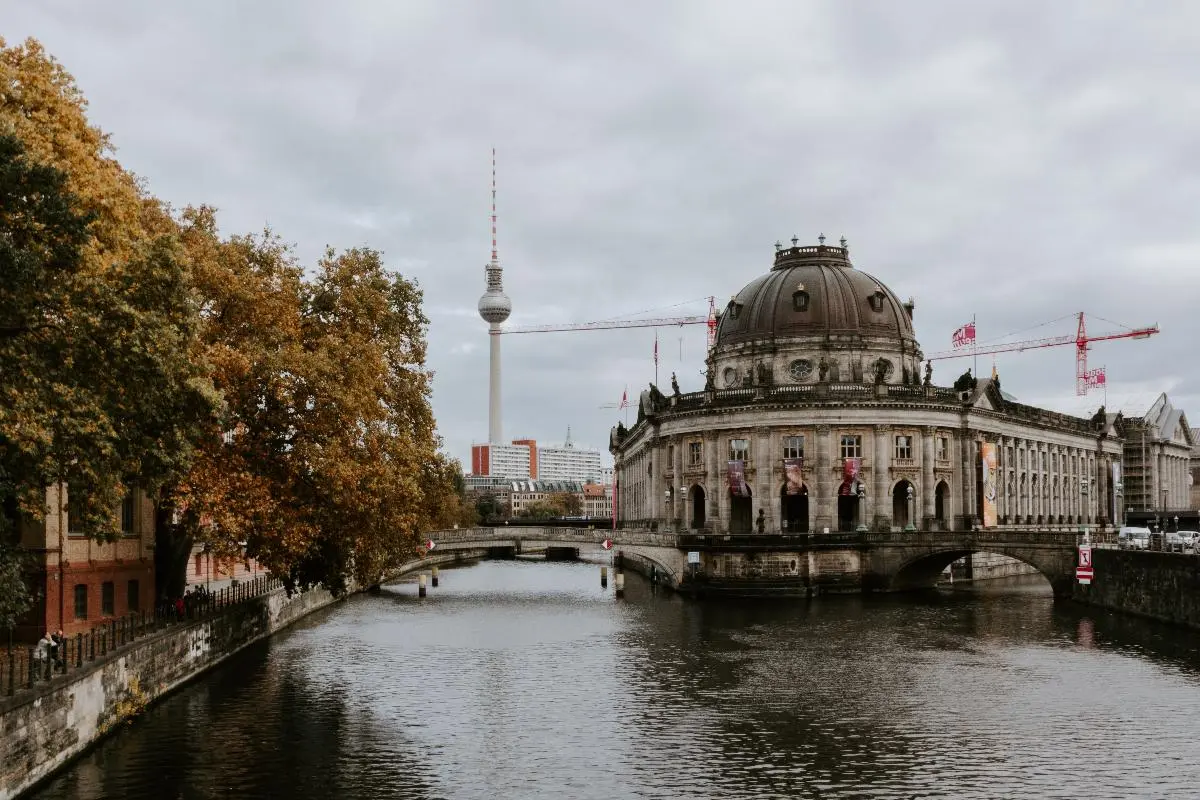10 Spots to Explore Berlin's Artistic & Cultural Tapestry

Berlin, a city with a rich cultural heritage and an unrivaled history, offers a unique tapestry of experiences for travelers and history enthusiasts alike. The city's cultural tapestry is as varied and profound as the history of the Taj Mahal, representing a blend of historical significance and architectural marvel. From the remnants of the Berlin Wall, a symbol of political turmoil and eventual unity, to the majestic UNESCO World Heritage sites that speak volumes of Germany's past, exploring Berlin is akin to walking through the pages of history.
Each corner of Berlin weaves its own part of the city’s vast cultural tapestry, much like the intricate designs of the Taj Mahal, representing the artistry and history of an era. This guide aims to provide a comprehensive overview of the must-visit sites in Berlin, where history comes alive and cultural experiences abound. Whether it's exploring the city's rich art scene, delving into its turbulent past, or experiencing its modern-day vibrancy, Berlin offers a diverse and enriching journey through time and culture.
To complement your exploration of Berlin’s rich history and cultural tapestry, consider the convenience of Nannybag for luggage storage Near East Side Gallery. This service enables you to traverse the vibrant streets of Berlin, including the storied stretch of the Berlin Wall at the East Side Gallery, without the encumbrance of your luggage. With Nannybag's luggage storage options strategically located near key attractions and transport hubs, you can immerse yourself fully in Berlin's historical and cultural experiences, unburdened and at ease.
1. The Berlin Wall: A Symbol of the Cold War
Once a grim representation of the Cold War divide, the Berlin Wall has been transformed into a symbol of resilience and hope. The most famous stretch, the East Side Gallery, is a vibrant art exhibit on a remaining section of the wall. It features murals that express themes of freedom, peace, and political commentary, attracting visitors worldwide. Walking along this historic monument provides a stark reminder of the city's struggles and the triumphant spirit of hope that led to its eventual fall.
The Berlin Wall's evolution from a barrier to a canvas of creativity makes it an essential part of any visit to Berlin, offering a tangible connection to the city's turbulent yet transformative history.
2. Museum Island: A UNESCO World Heritage Site
Situated in the heart of Berlin, Museum Island is a cultural gem and a UNESCO World Heritage Site. This remarkable ensemble of museums, each a masterpiece in its own right, includes the Bode Museum, the Pergamon Museum, and the Altes Museum, among others. These institutions collectively house an unparalleled collection of art, archaeology, and historical artifacts, spanning from ancient civilizations to the 19th century.
3. The Brandenburg Gate: An Iconic Landmark
The Brandenburg Gate, an 18th-century neoclassical triumphal arch, is a symbol of Berlin's historical significance and resilience. It has been a silent witness to many of the city's pivotal moments – from the devastation of World War II to the jubilation surrounding the fall of the Berlin Wall. Today, the gate is celebrated as a symbol of German unity and peace. Its grandeur and historical weight make it an unmissable destination for anyone visiting Berlin, providing a window into the city's rich and varied past.

4. TV Tower: Berlin's Skyline Marvel
Dominating Berlin's skyline, the TV Tower (Fernsehturm) is more than just an architectural marvel; it's a symbol of the city's post-war modernization and innovation. As the tallest structure in Germany, it offers panoramic views of Berlin, stretching from the winding Spree River to the rolling landscapes beyond the city limits.
Visiting the tower's observation deck or revolving restaurant provides a unique perspective on Berlin, blending historical context with breathtaking vistas. The TV Tower is a sightseeing spot and a landmark that encapsulates Berlin's journey through history and its stride towards the future.
5. East Side Gallery: Art Meets History
The East Side Gallery perfectly marries art and history. Stretching over a kilometer along the remnants of the Berlin Wall, this open-air gallery is one of the largest and most enduring symbols of the city's reconciliation and rebirth. The murals painted on the wall segments reflect diverse themes, from political commentary and cries for peace to abstract depictions of hope and freedom.
6. Checkpoint Charlie: A Cold War Relic
Checkpoint Charlie holds a significant place in Berlin's Cold War history. As the most well-known crossing point between East and West Berlin during the division of the city, it became a symbol of the Cold War's geopolitical tensions. Today, the site features a replica of the original guardhouse and signage, transporting visitors back to a time of heightened political drama.
7. The Holocaust Memorial: Remembering the Past
The Memorial to the Murdered Jews of Europe, situated close to the Brandenburg Gate, is a stark and moving tribute to the victims of the Holocaust. Comprising 2,711 concrete slabs arranged in a grid pattern, the memorial's design invites visitors to wander through its undulating paths, evoking a sense of disorientation and isolation. The design, by architect Peter Eisenman, symbolizes the magnitude of the tragedy and the indelible impact of the Holocaust.

8. Bode Museum: A Treasure Trove of Art
The Bode Museum, a jewel of the Museum Island complex, offers an extraordinary collection that transcends time and geography. Known for its impressive sculptures, it covers a wide range from medieval times to the late 18th century, including the Italian Renaissance and German Gothic masterpieces. The museum's Byzantine art collection is one of the most significant in the world, showcasing several sacred and secular items that provide a window into the Eastern Roman Empire's rich cultural legacy.
9. The Memorial to the Murdered Jews of Europe
The Memorial to the Murdered Jews of Europe, also known as the Holocaust Memorial, remains a somber and powerful tribute in the center of Berlin. Consisting of 2,711 concrete slabs arranged in a grid pattern over a sloping field, the memorial creates an atmosphere of disorientation and isolation, reflecting the vastness and the systematic nature of the Holocaust.
10. The Reichstag Building: A Witness to History
The Reichstag Building, home to the German parliament (Bundestag), is an iconic landmark in Berlin that combines historical significance with modern architectural innovation. Originally completed in 1894, the building has witnessed some of the most pivotal moments in German history, including its near destruction in 1933 and subsequent fall into disuse during the division of Berlin.
Following German reunification, the building was magnificently restored by architect Sir Norman Foster, who added the now-famous glass dome.

Say hello to exploring and goodbye to heavy bags!
What if you could enjoy every minute in the city without the burden of your bags?
- Safe luggage storage for a flat daily price of 4,50 €/luggage item
- Included luggage protection of up to €10000 in case of breakage, loss or theft
